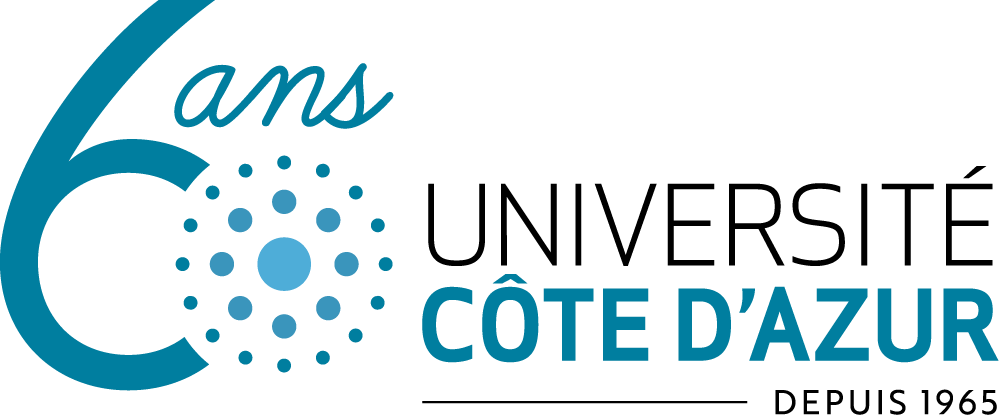Key figures
LEAT has been located on the SophiaTech campus since 2012. The Shared REsearch Center on ANTENNAE (CREMANT), created in 2008, is a joint laboratory between Université Côte d'Azur, CNRS and Orange.
LEAT key figures:
68 members including 32 permanent and 36 non-permanent (doctoral students, postdoctoral researchers, etc.)
564 publications including 105 international and national journal articles, 384 international and national conference papers, 6 patents, 4 accreditations to supervise research (HDRs) and 46 theses (2012-2017)
LEAT key figures:
68 members including 32 permanent and 36 non-permanent (doctoral students, postdoctoral researchers, etc.)
564 publications including 105 international and national journal articles, 384 international and national conference papers, 6 patents, 4 accreditations to supervise research (HDRs) and 46 theses (2012-2017)
Additional information
4G/5G
Integrated/multistandard/reconfigurable antennas
Electromagnetic diffraction, Inverse diffraction
Electronics
Millimeter imaging
Internet of Things
Numerical modeling (TLM, etc.)
Low-power protocols
Intelligent sensor networks
Intelligent embedded systems
Integrated hardware and software systems and architectures
Systems on a Chip (SoC)
Telecommunications
Communications
Environment
Computer Science
Engineering
Mobility
Digital
Health
Laboratory for Electronics, Antennae and Telecommunications
LEAT
Integrated/multistandard/reconfigurable antennas
Electromagnetic diffraction, Inverse diffraction
Electronics
Millimeter imaging
Internet of Things
Numerical modeling (TLM, etc.)
Low-power protocols
Intelligent sensor networks
Intelligent embedded systems
Integrated hardware and software systems and architectures
Systems on a Chip (SoC)
Telecommunications
Communications
Environment
Computer Science
Engineering
Mobility
Digital
Health
Laboratory for Electronics, Antennae and Telecommunications
LEAT
The Laboratory for Electronics, Antennae and Telecommunications (LEAT) is a Joint Research Unit (University Côte d'Azur - CNRS (UMR n°7248)). It is located on the SophiaTech campus, which is a training and research center dedicated to Information and Communication Technologies (ICT) bringing together academic players (Université Côte d'Azur, INRIA, EURECOM, CNRS, Polytech' Nice-Sophia, Mines Paris Tech, etc.), competitiveness clusters, numerous associations and technological platforms (Design of CIM PACA, Telecoms). Research activities are carried out in the field of telecommunications, radar, e-health, security, intelligent buildings, earth observation, sustainable development, etc. They are organized into three areas: MCSOC (Modeling and Design of Communicating Objects Systems), CMA (Antenna Design and Modeling) and ISA (Microwave Imaging and Antenna Systems). The Shared REsearch Center on ANTENNAE (CREMANT), created in 2008, is a joint laboratory between Université Côte d'Azur, CNRS and Orange. It enabled the sharing of personnel and equipment between academic researchers from LEAT and engineers from Orange Labs La Turbie on common research subjects (integration of antennae, engineering for e-health, multi-sensor systems, MIMO and massive MIMO, antennae based on new materials, electromagnetic modeling). CREMANT contributes to the development of research and development (R&D) projects on electromagnetic modeling, miniaturization and integration of on-chip antennae, multi-sensor/multi-antenna systems and antennae based on artificial materials.


















